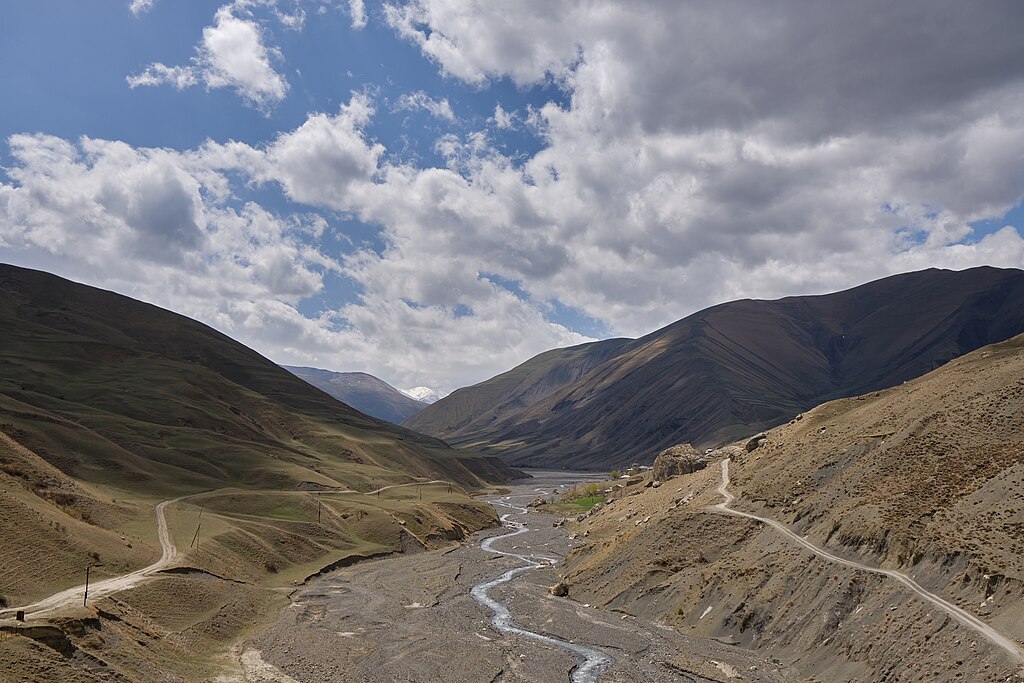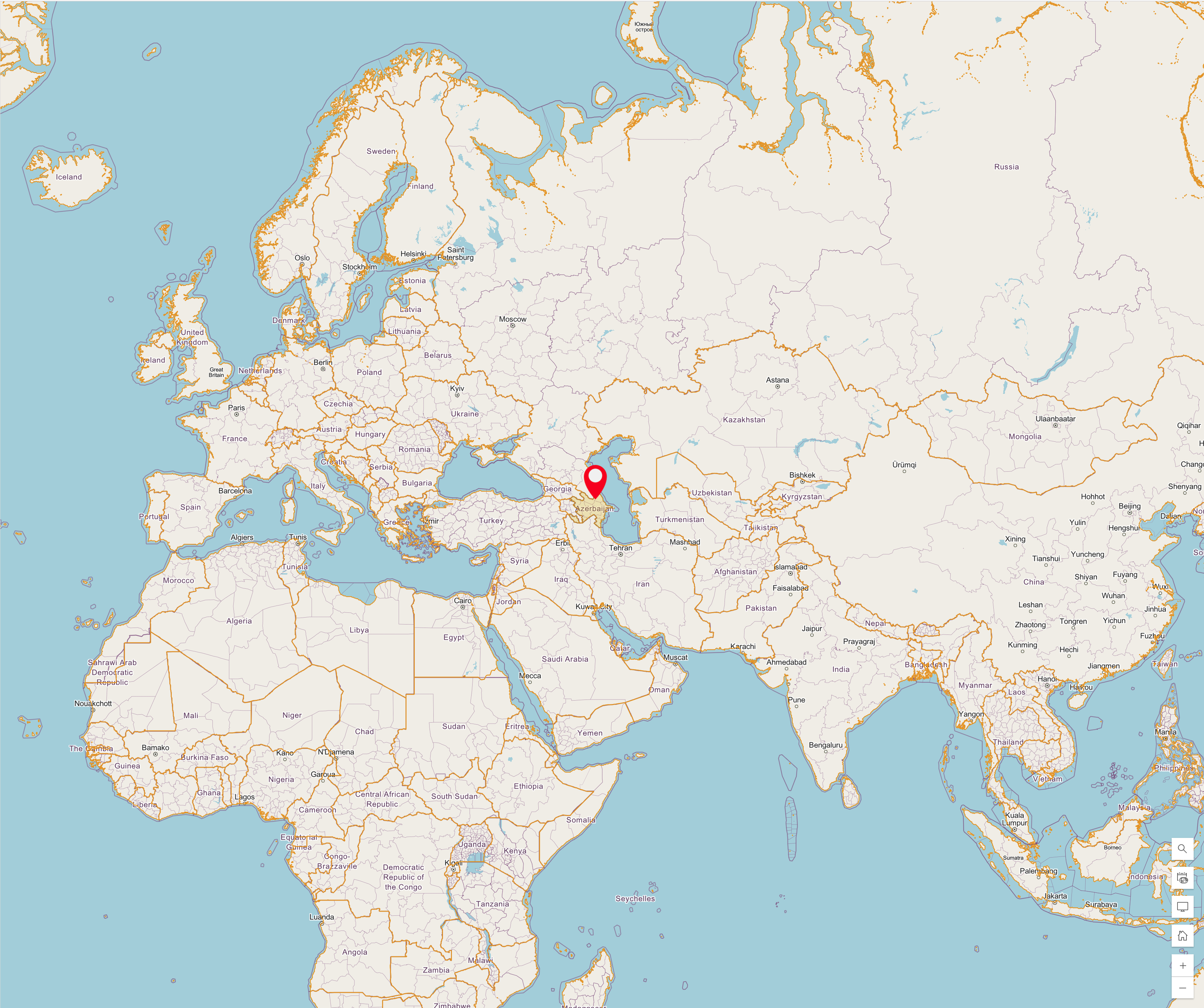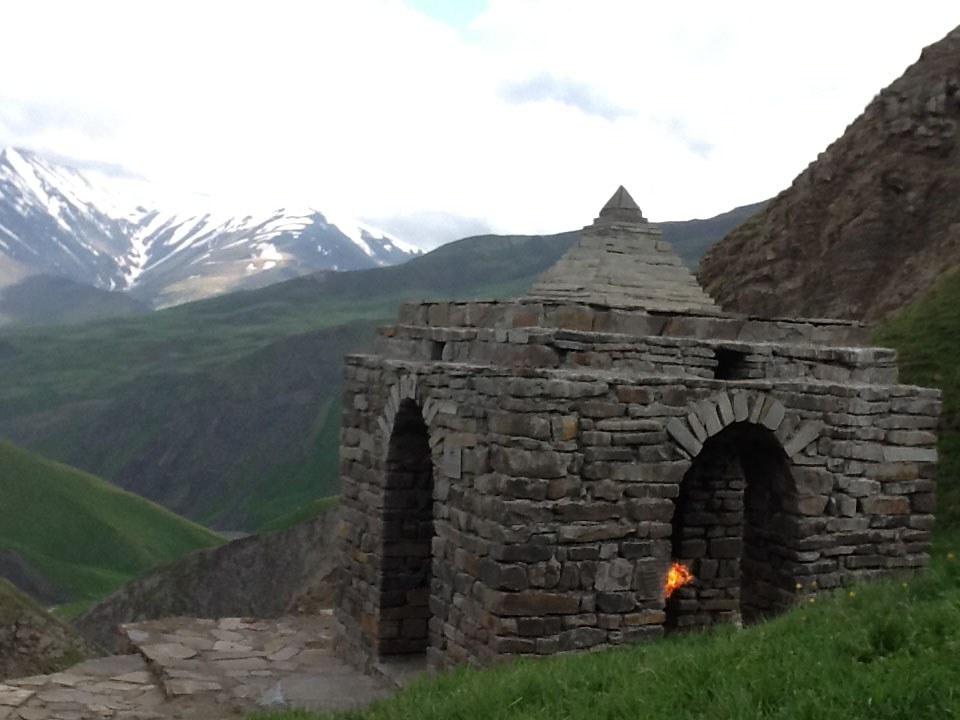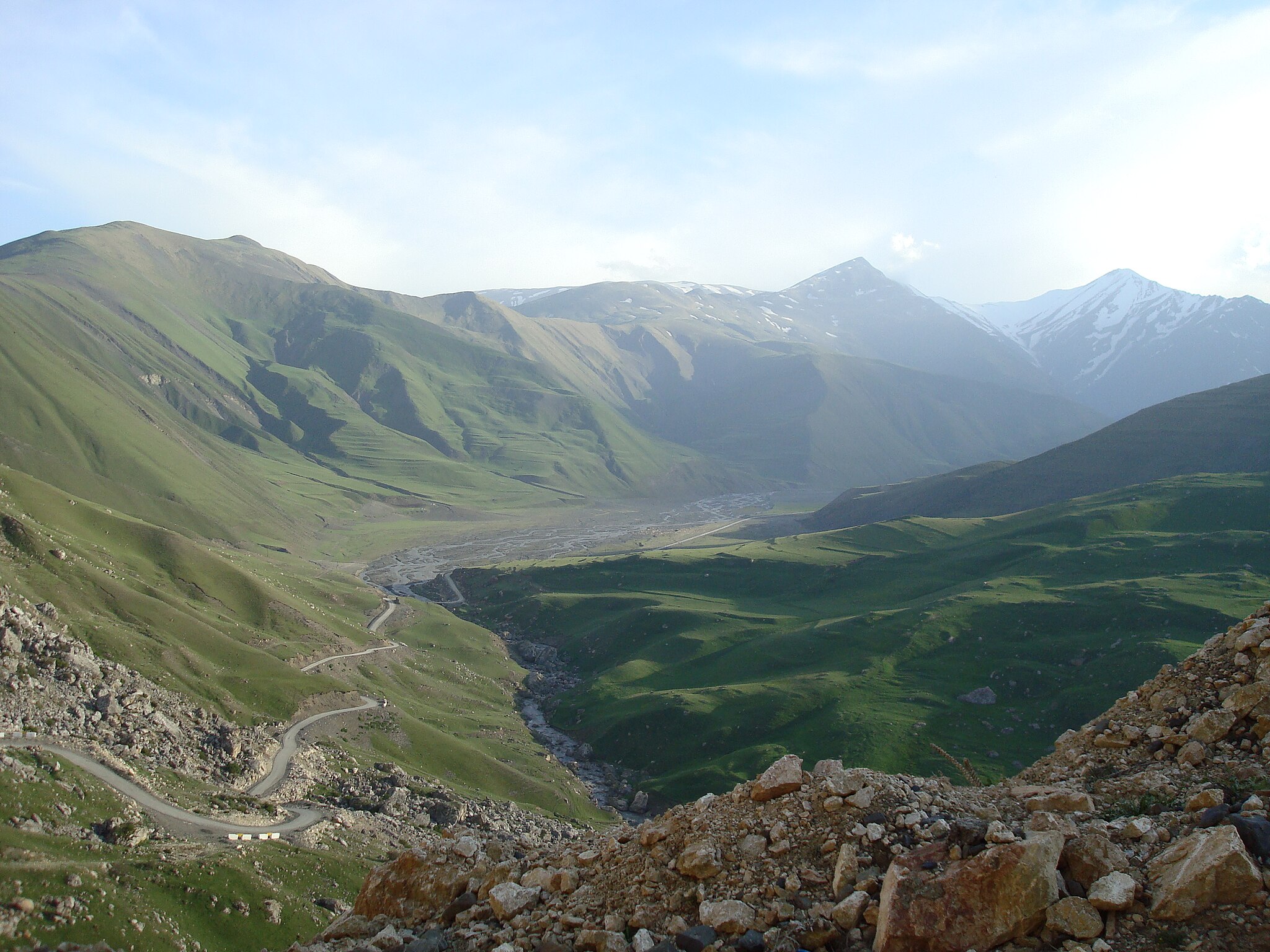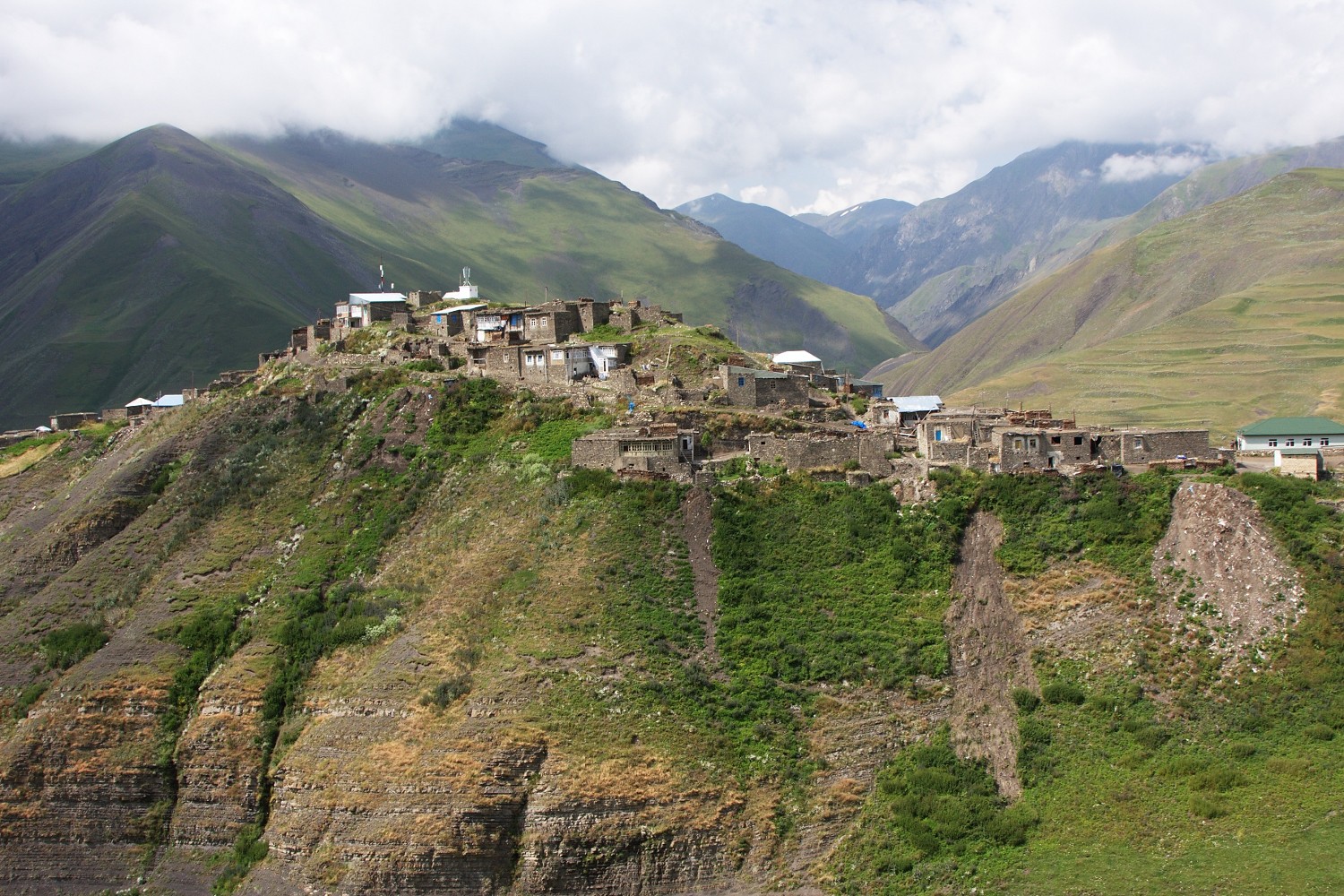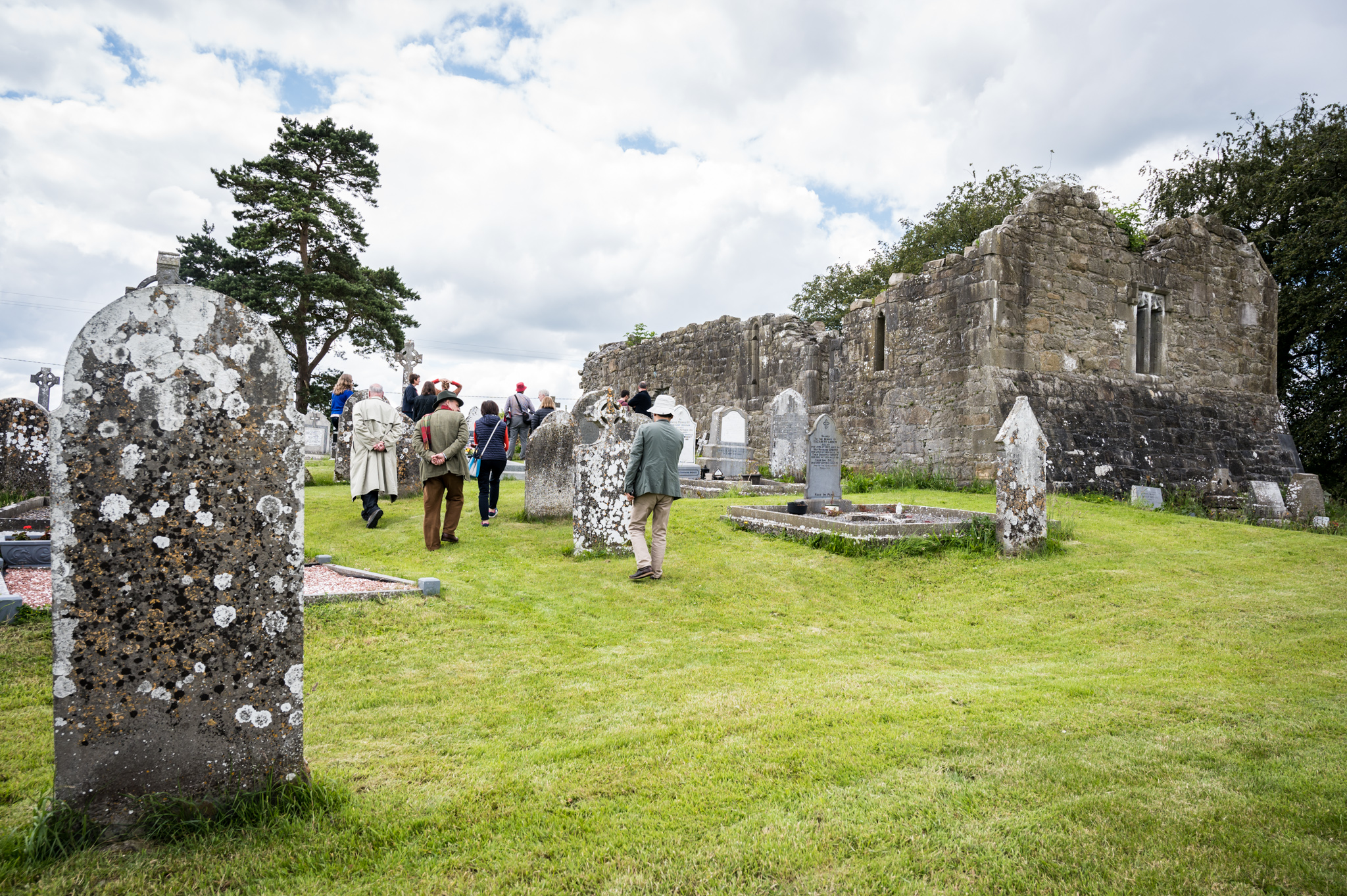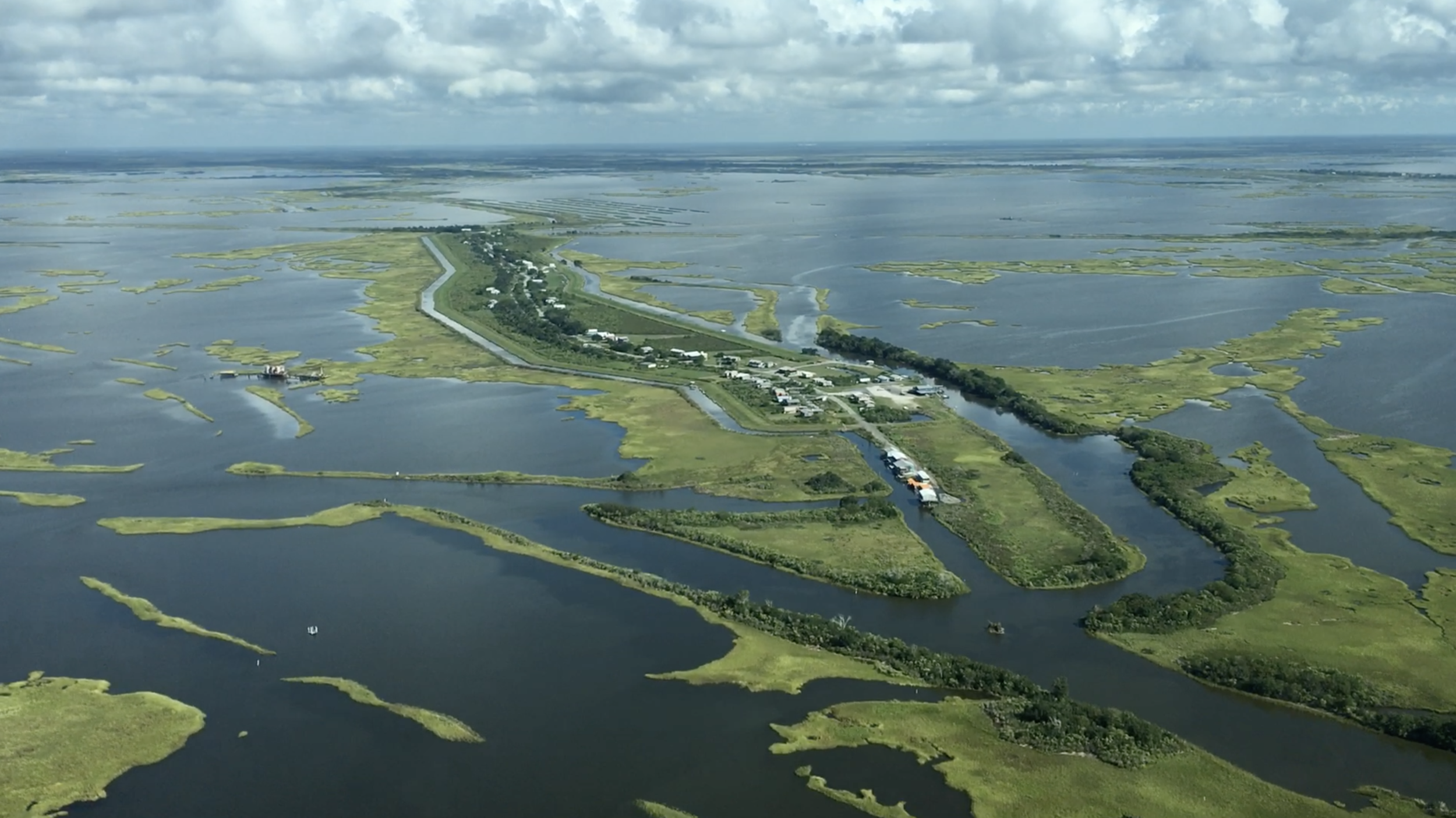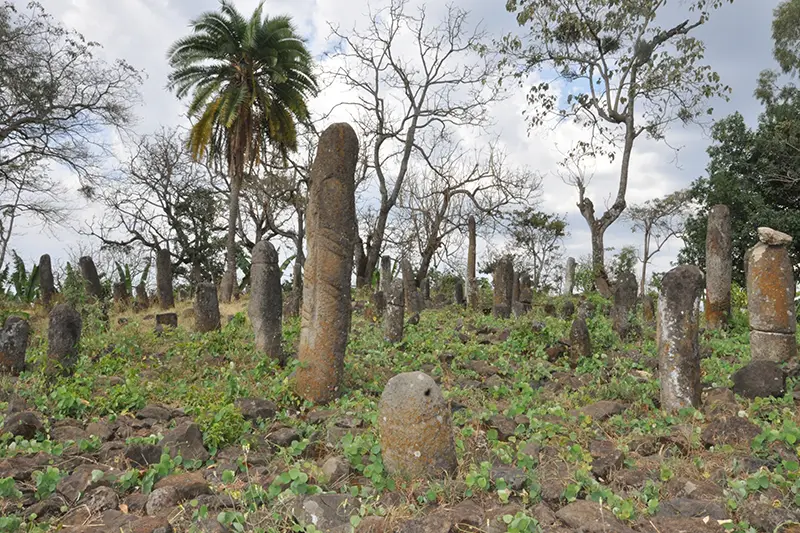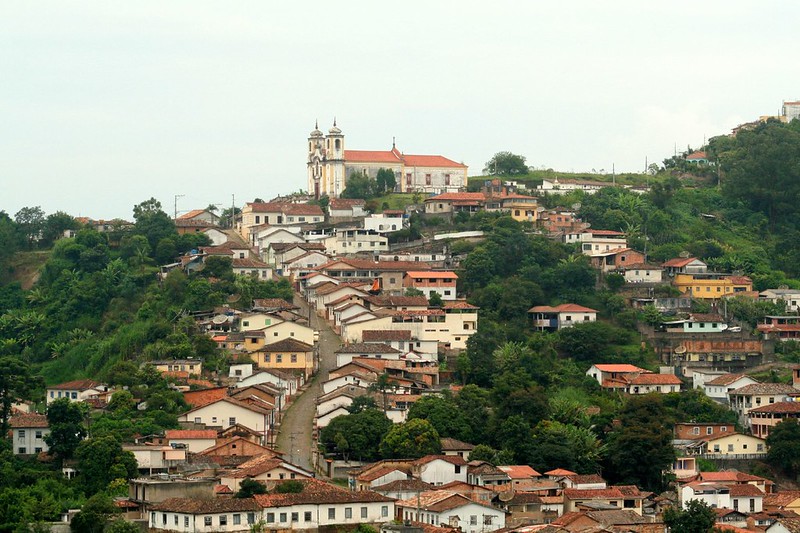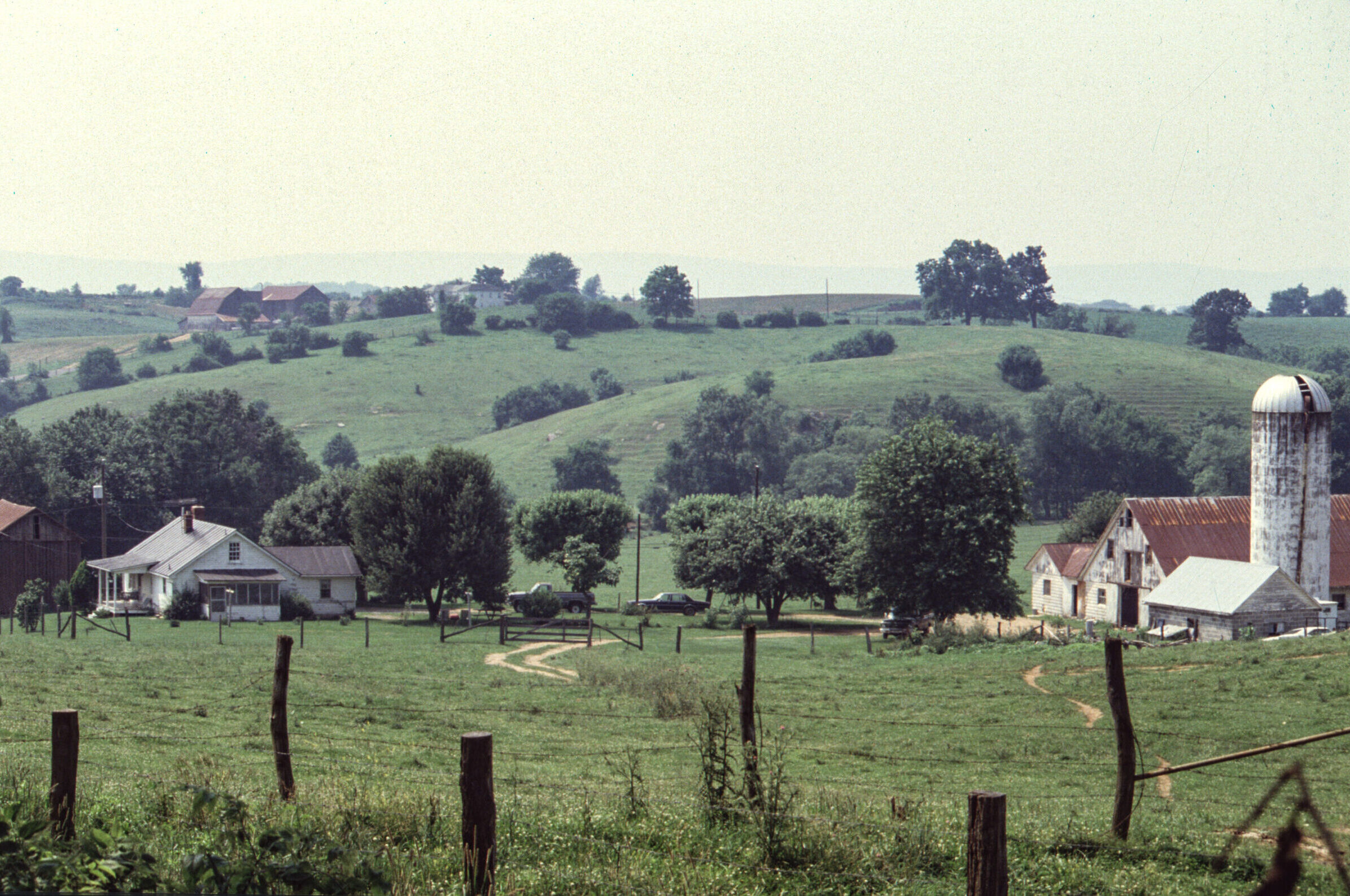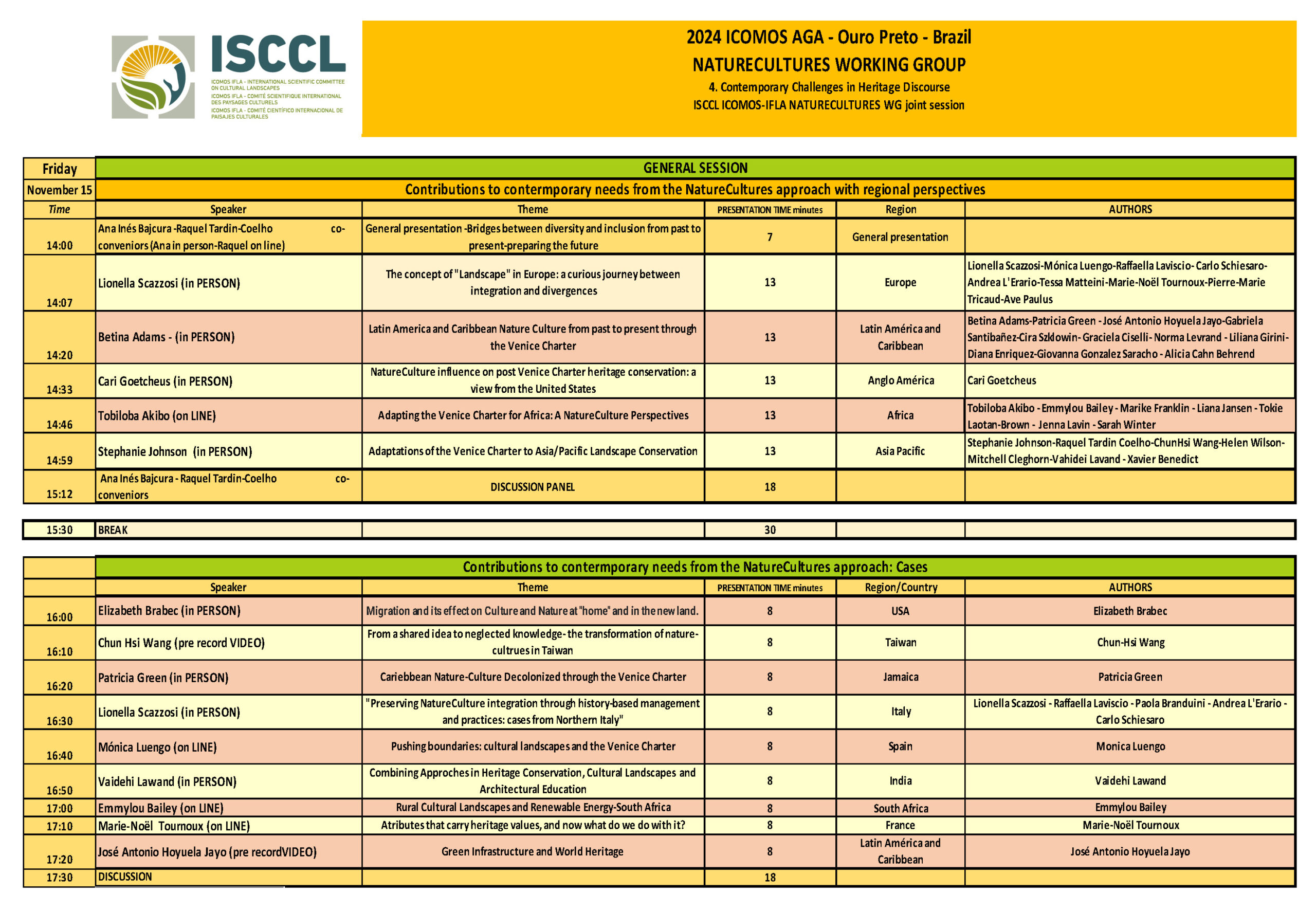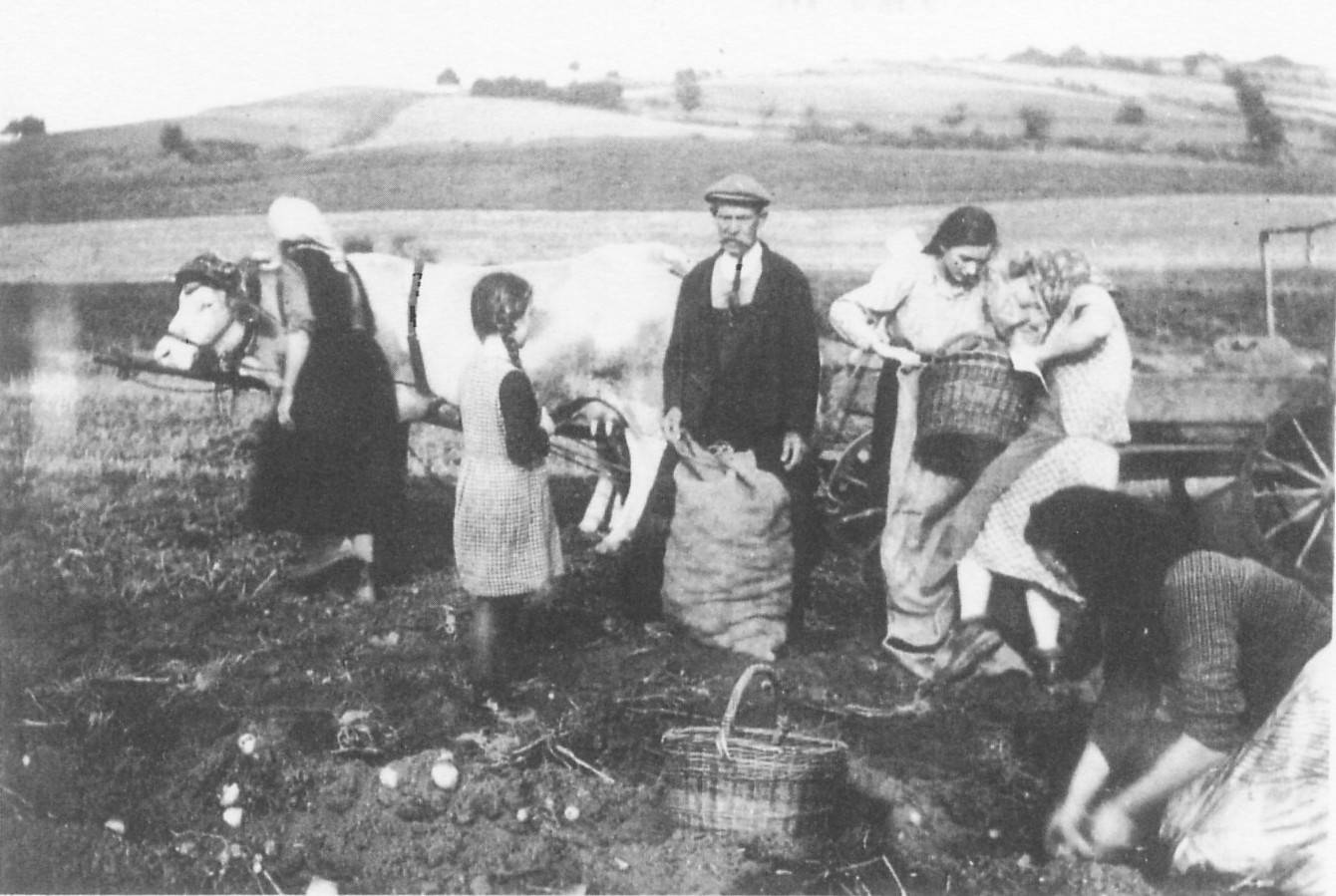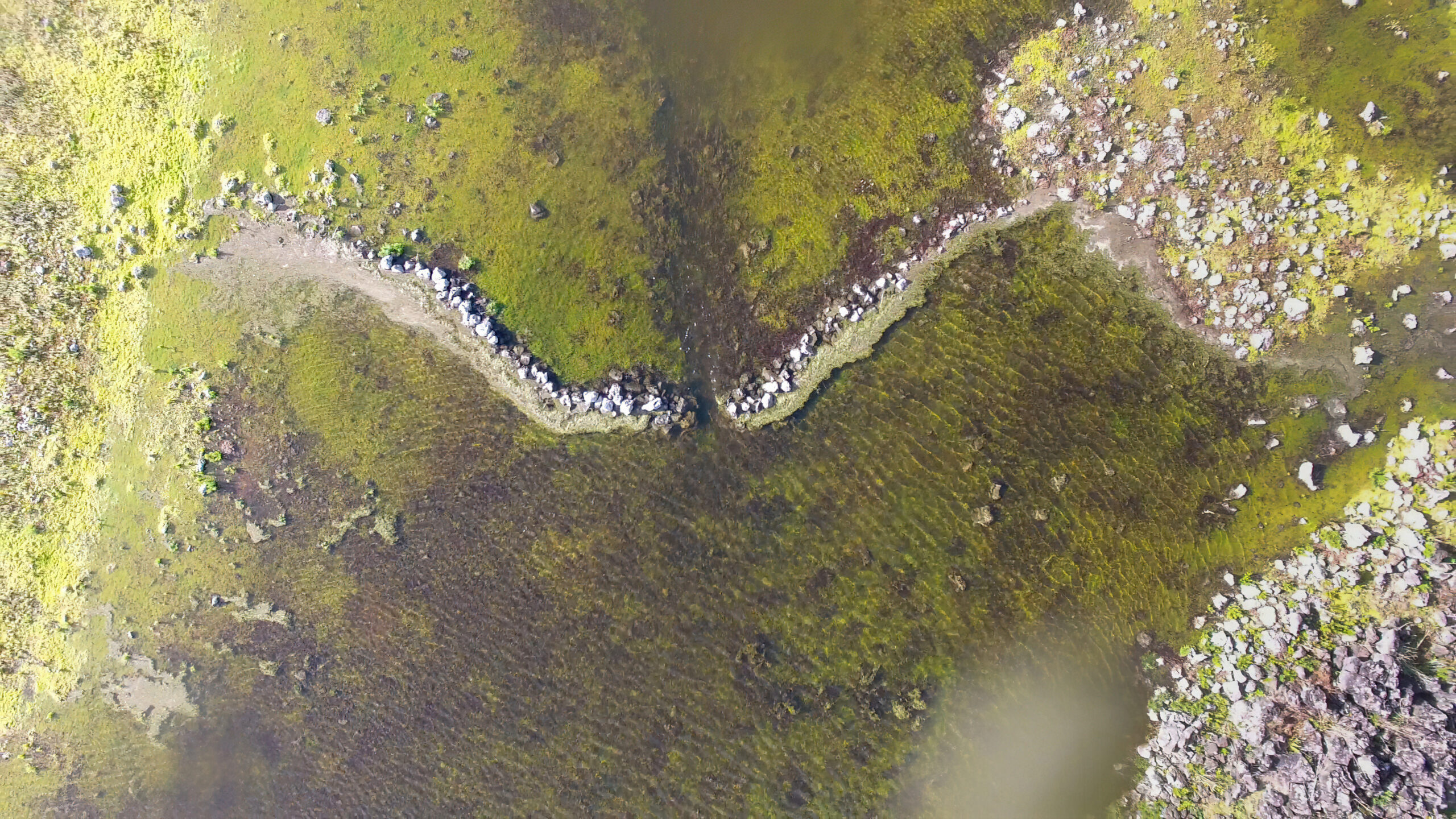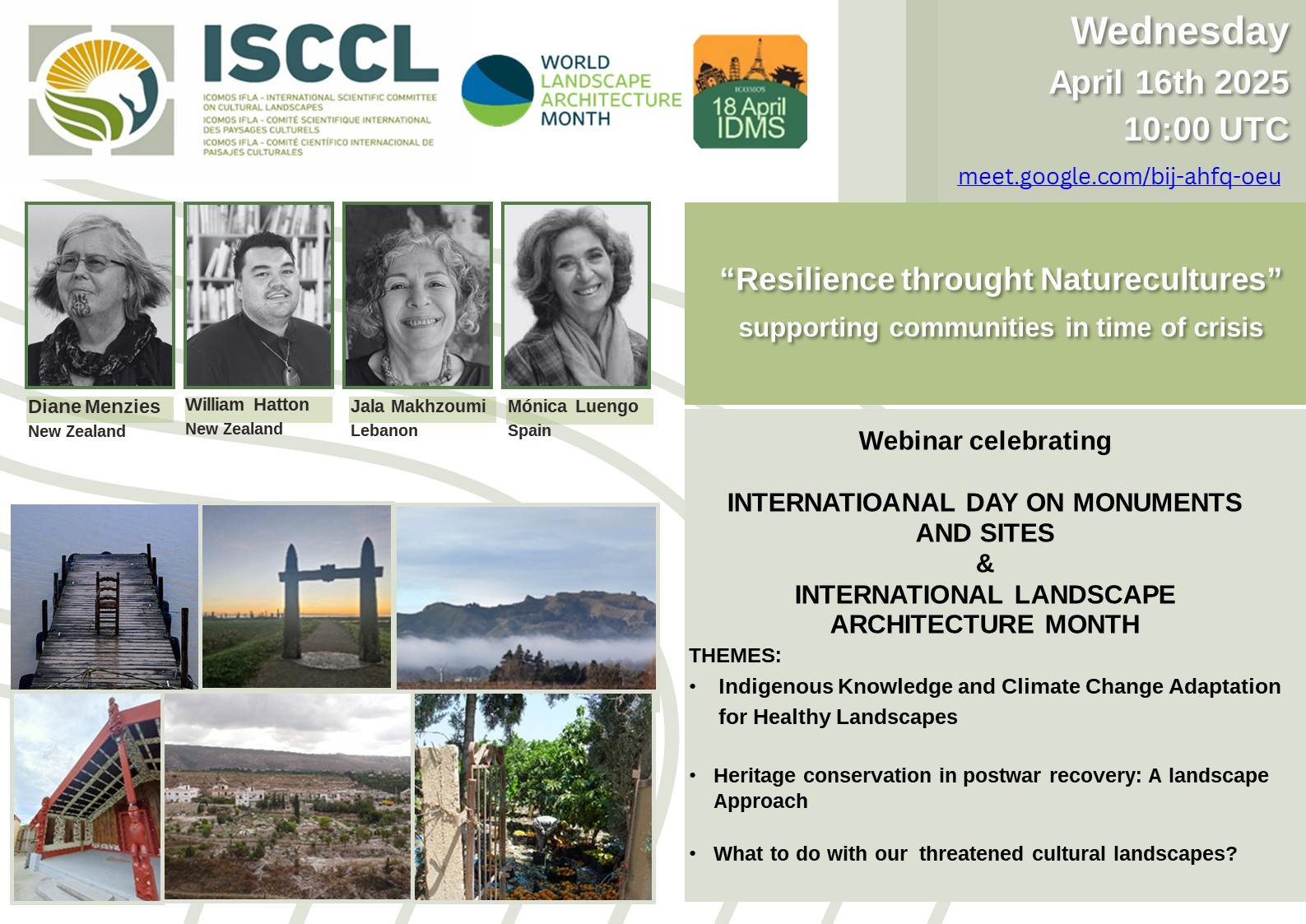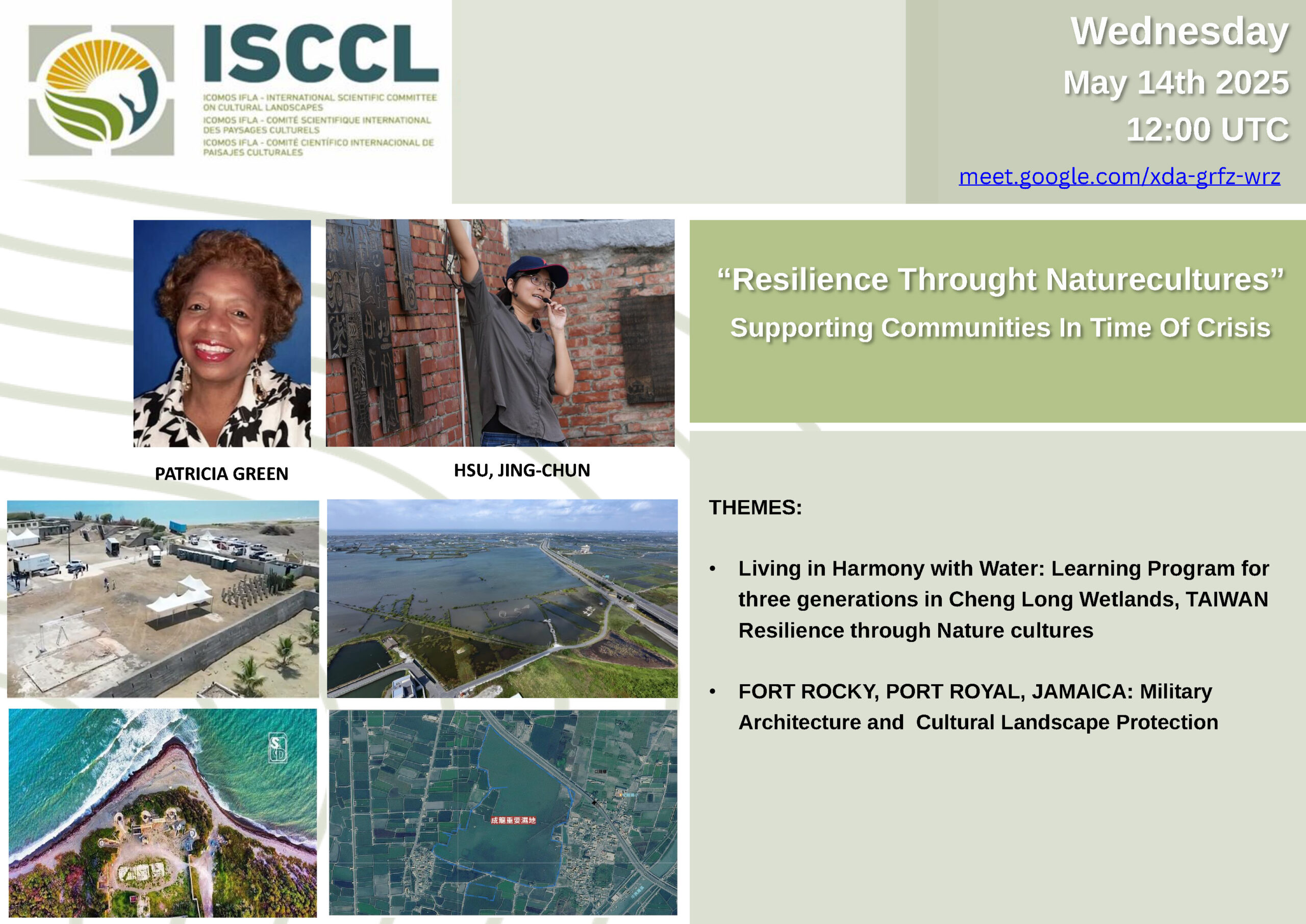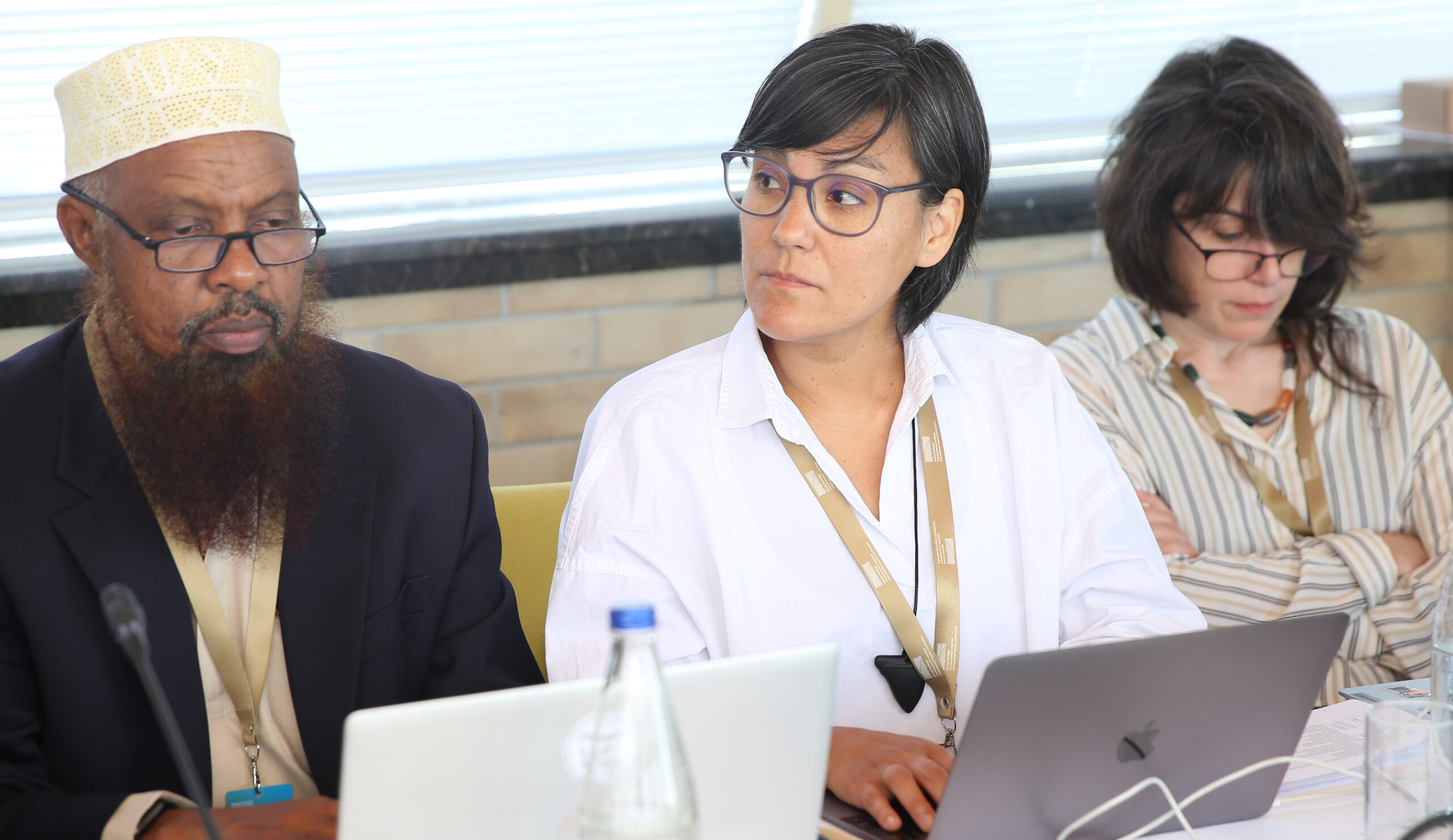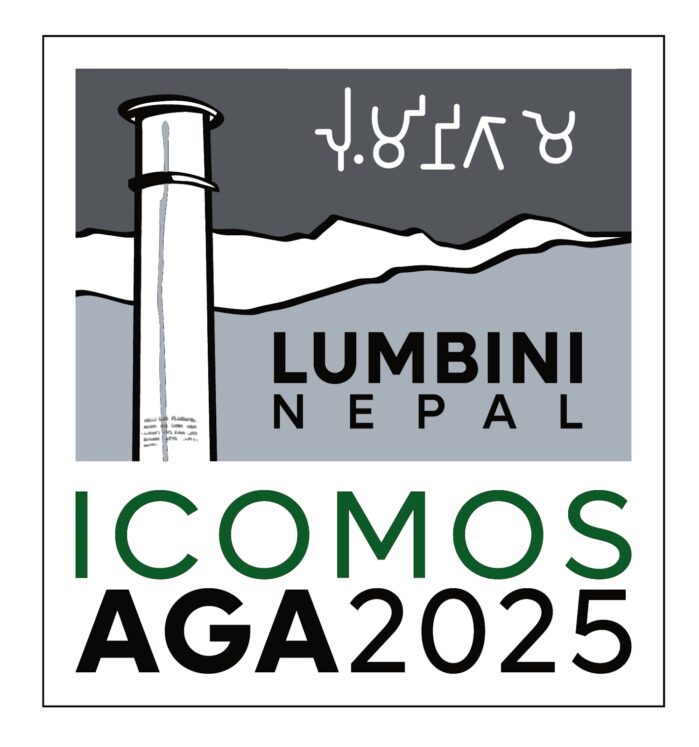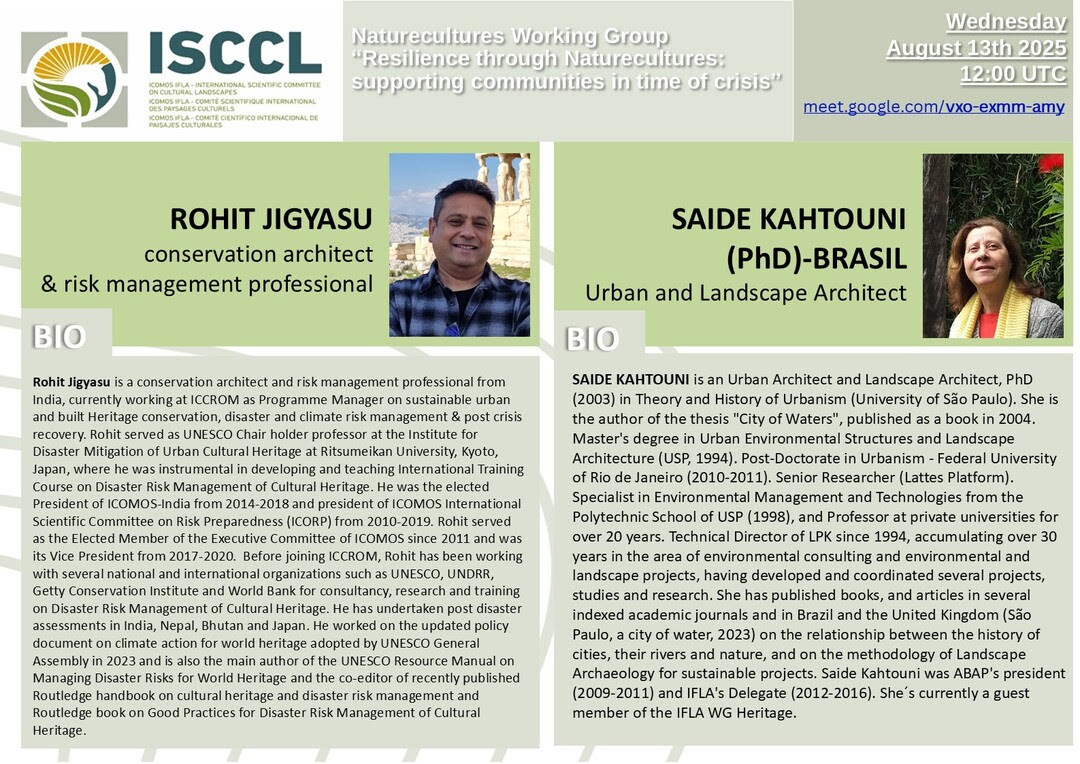The Khinalig Cultural Landscape, Azerbaijan
Inscribed as a UNESCO World Heritage Cultural Landscape 2023
The Cultural Landscape of Khinalig people and the “Köç Yolu” Transhumance Route is a continuing cultural landscape situated in the Greater Caucasus Mountains of Azerbaijan (WHC 45.COM 8B.42, 445). The site offers a window into the history and cultural traditions of the semi-nomadic Khinalig people, spanning from the medieval village of Khinalig to the high-altitude summer pastures (yaylags) and winter grazing lands in the lowland plains of central Azerbaijan (qishlaqs). The landscape embodies centuries of human adaptation and interaction with the environment. At the heart of this cultural landscape lies the Köç Yolu, a historic transhumance route stretching 200 kilometers and serving as a lifeline between seasonal habitats. The route crosses through the Guba, Shamakhi, Gobustan, Absheron, and Hajigabul administrative districts and twists through a natural landscape filled with numerous cultural monuments including cemeteries, bridges, shrines, and mosques. Animal husbandry is still the dominant economy (WHC 45.COM 8B.42, 446))
“The cultural and natural elements illustrate the uses of the territory by these semi-nomadic people and the traditional knowledge associated with movement and the route, all of which are deeply embedded in their ethnocultural identity” (ICOMOS, 2022).
The Khinalig people’s history is intricately woven into the fabric of their landscape through their knowledge of natural resources and transhumance practices. Archaeological excavations reveal evidence of human occupation in the area since the Early Bronze Age, with burial sites and artifacts providing glimpses into ancient societies. The village of Khinalig itself has been mentioned in written records since the 13th century, serving as a center of Islamic education and literacy in the region. Despite political and socio-economic changes over the centuries, including the influence of the Russian Empire in the 19th century, the Khinalig people have maintained their semi-nomadic way of life and continue to practice transhumance to this day.

A panorama of the Xinaliq village, Quba (Gulustan 2017).
The architectural elements of Khinalig village reflect the community’s resilience and ingenuity in adapting to their mountainous terrain. Built with local stone and featuring tiered structures designed to navigate steep slopes, the village reflects a harmonious integration of human settlement with natural surroundings. These include gravity-fed irrigation systems for pastures and hayfields and agricultural terraces, many of which have been replaced by modern agricultural practices but which still continue to play a role in daily life. The layout of the medieval village, with its neighborhood divisions and communal spaces, speaks to centuries of collective organization and cultural continuity. Moreover, the Khinalig language, customs, and traditions passed down through generations connect the Khinalig people and their ancestral lands.

A panoramic view of Xinaliq (Gilad.rom 2008).
The site was inscribed under criterion (iii) as a living testament to vertical transhumance traditions within the Caucasus geo-cultural region, as well as the continuation and maintenance of ancestral semi-nomadic eco-social systems of the Khinalig people, and under criterion (v) for the ongoing sustainable land use, adaptation to extreme of people to environmental conditions, and the resiliency of traditional semi-nomadic transhumance culture of the Khinalig people, culture, and lifestyle.
Interactive Map
Additional resources (open source with URL links):
For further information on the site nomination, including the nomination file and ICOMOS Evaluation can be found at: https://whc.unesco.org/en/list/1696 .
Abbasov, R., Karimov, R., and Jafarova, N. 2022. ‘Mountain Ecosystem Values’, Ecosystem Services in Azerbaijan: Value and Loss. Cham: Springer Nature Switzerland.
Abbasov, Rovshan. 2022. Assessing the Impact of Climate Change on the Level of Intangible Cultural Heritage Provided by Azerbaijan’s Water Bodies. UNESCO ICHCAP and i-WSSM. Accessed June 6, 2024, http://hdl.handle.net/20.500.12323/6190; archived https://perma.cc/DCH6-W3QG.
Aliyeva, Rahiba (2022). “Cultural Heritage Of Azerbaijan In The Unesco World Heritage List.” TURAN-SAM 14(53): 221-227. Accessed June 6, 2024, https://www.turansam.org/TURAN-SAM_53.pdf, archived https://perma.cc/KEG8-9Q5Q
Reserves Management Centre. 2024. ‘Khinalig and Koch Yulu State Historical Cultural and Ethnographic Reserve. Accessed May 10, 2024 https://khinalig.heritage.org.az/en; archived at https://web.archive.org/web/20240610144316/https://khinalig.heritage.org.az/en
Photos:
AlexFirstov. 2023. ‘Road to Khinalig village. Guba district’. Accessed May 8, 2024, https://commons.wikimedia.org/wiki/File:Road_to_Khinalig2.jpg.
Farroukh, 2017. “Restored Zoroastrian fire temple near Khinalig village, Azerbaijan.” Accessed June 6, 2024, https://commons.wikimedia.org/wiki/File:Atashgah_of_khinalig.jpg.
Gilad.rom. 2008. A panoramic view of Xinaliq. Accessed June 6, 2024, https://commons.wikimedia.org/wiki/File: Xinaliq_Panorama.jpg.
Gulustan. 2017. ‘Xinaliq village, Quba, Azerbaijan.’ Accessed June 6, 2024, https://commons.wikimedia.org/wiki/File:Khinalug_pano.jpg.
Khalilov, E. 2018. ‘Herds crossing a summer mountain pastures near Budug village, descending into the valley of the Garachay River to the main Kéiç Yolu’. Accessed May 8, 2024, https://whc.unesco.org/en/list/1696/gallery/&index=13&maxrows=12.
Pierre. 2009. ‘Xinaliq: on top of the mountains!’ Accessed May 8, 2024, https://www.flickr.com/photos/pkabz/3947793203.
Mammadov J G. 2009. ‘Khinalig’. Accessed May 8, 2024, https://commons.wikimedia.org/wiki/File:Khinalig.JPG .

